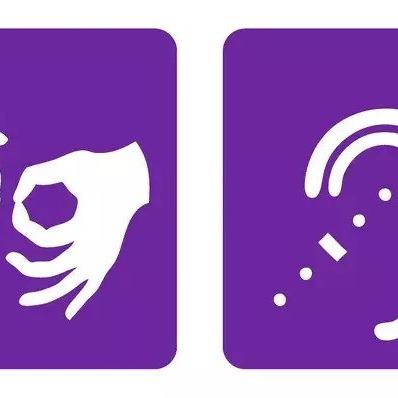DAT (sign language into audio and text)
"Breaking the communication barrier for the deaf with advanced language detection and conversion to text and voice."
Created on 26th February 2023
•
DAT (sign language into audio and text)
"Breaking the communication barrier for the deaf with advanced language detection and conversion to text and voice."
The problem DAT (sign language into audio and text) solves
The problem that the project solves is providing a solution for deaf or hard-of-hearing individuals who may struggle with understanding spoken language. The project uses language detection to identify the language being used in a message and then converts the message label into both text and voice, making it easier for deaf or hard-of-hearing individuals to understand and communicate with others.
This project can be particularly useful in situations where deaf individuals need to communicate with people who do not know sign language or in situations where a sign language interpreter is not available. By providing a real-time translation of spoken language into text and voice, the project can help bridge the communication gap between deaf and hearing individuals and improve accessibility and inclusion for all.
Challenges I ran into
Language variability: Deaf language, like any other language, has a lot of variability in terms of grammar, vocabulary, syntax, and regional variations. This can make it difficult to develop accurate language detection and conversion models that work well across different contexts and settings.
Data availability: Finding high-quality data sets that include a wide range of deaf language samples can be challenging. It may be necessary to collect and annotate data yourself, which can be time-consuming and labor-intensive.
Technical complexity: Converting deaf language messages into text and voice requires a combination of speech recognition, natural language processing, and text-to-speech technologies. Integrating these technologies into a cohesive system can be technically challenging, especially if you don't have experience with machine learning or programming.
User interface: If your system is designed to help deaf users communicate with hearing individuals, it is important to consider the user interface and ensure that it is intuitive, accessible, and easy to use.
To overcome these challenges, it is important to work with a team that has expertise in natural language processing, speech recognition, and machine learning. It may also be helpful to leverage existing tools and technologies to speed up development and reduce technical complexity. Additionally, involving deaf individuals in the development process can help ensure that the system meets their needs and is usable in real-world settings.
Tracks Applied (2)
